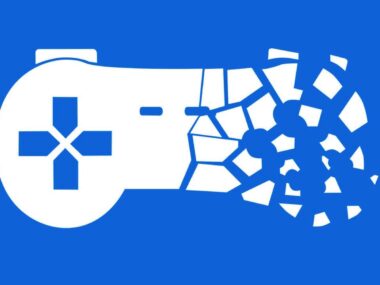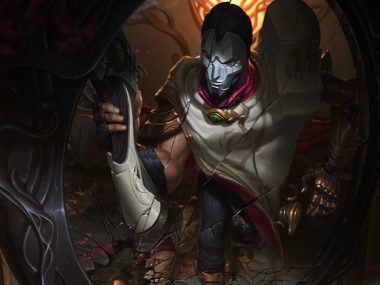I had YouTube playing in the background when a video called “18 Video Games That ROAST You For Sucking” played. Just like the title says, it listed the games that mock players for losing multiple times or choosing to play on easy mode. In Metal Gear Solid V, failing at stealth repeatedly offers to give you a chicken hat that makes the game easier but makes you look ridiculous. Ninja Gaiden Black introduced a “Ninja Dog” mode that humiliates players and even one of the characters Ayane insults you in a cutscene. Depending on where you died in Batman Arkham Asylum, you’re forced to watch the villains taunt you. And Styx: Shards of Darkness had the main character break the fourth wall to call you out everytime you died.
The Roast Behind the Code
The practice of mocking players for picking easier settings has been around for a while. In most cases, these moments are meant to be cheeky, a wink to the player rather than a slap. Sometimes it works if it fits the tone, and fans can laugh along. But other times, it can come off as being insulting and out-of-touch.
Gaming’s Identity Crisis
Part of this attitude comes from the rise of competitive gaming and esports. As the industry pushes high-level play and streamers, there’s more pressure to treat games like a challenge rather than experiences to enjoy however you want.
The “get good” mindset, once confined to message boards, has crept into actual game design. And while a challenging game can be great (Dark Souls fans know the rush of finally beating a boss) it’s not the only way to experience a game.
The real issue is the subtle (or not-so-subtle) message that certain playstyles are more “valid” than others. That unless you’re suffering during a long grind, you’re not playing the “real” game.
The Divide Between Vision and Player Choice
To be fair, some developers argue that difficulty is part of their artistic vision. That by tuning down the challenge, you’re missing out on the experience they intended.
And while artistic vision should be respected, the same should be said about player agency. The best games don’t punish players for wanting different things; they make space for all kinds of experiences.
You can have a brutal, unforgiving game mode for those who want the ultimate test. And you can also have a story mode for players who just want to see how the story unfolds. These aren’t mutually exclusive. They’re both valid.
But What If I Just Want to Play?
Developers seem to forget that not everyone who plays games are experts who can hold their own against a professional gamer.
Some view games as an interactive story and the plot is the only thing they care about. Some just want to explore the environments and immerse themselves in a cool world. Others are new to gaming and are figuring out how to move their character without falling off a cliff. There are some players with physical and/or cognitive issues that make playing at a harder difficulty well…difficult.
These players have different approaches to gaming, so why are they being treated like punchlines?
Mocking those players isn’t just rude. It’s gatekeeping. It tells them their way of enjoying a game is wrong.
It’s bad enough that games are getting more and more expensive, that players don’t even own the game they purchased and have to live in fear of their library disappearing. And now it’s getting to the point some gamers can’t even play a video game the way they want to play it. Enough is enough.
The Industry Is Changing
Not every developer is out here roasting players for the mode they’re playing on. In fact, a growing number of studios are embracing accessibility and choice:
- Celeste offers a tough platforming challenge, but its Assist Mode lets players customize the difficulty without judgment.
- God of War: Ragnarok, Spider-Man 2, and Horizon Forbidden West all include modes that let players focus on story rather than combat.
Developers are adding options like button remapping, visual aids, and even pacing assists to help make games more approachable for all kinds of players.
This shift recognizes that games aren’t one-size-fits-all. And it reflects a growing understanding that respect, not ridicule, should be at the heart of game design.
You’re Not Playing Wrong
If you’ve ever felt embarrassed about picking the lowest difficulty or by a game that mocks you for it, listen to me: you’re not playing it wrong.
When it comes to video games, everybody has their own unique playing style. Whether you’re here to watch cutscenes, decorate your virtual home, or climb the competitive ladder, that’s nobody’s business but your own.
Games are supposed to be fun. That means making space for all kinds of players, not shaming them for how they play.






